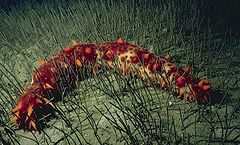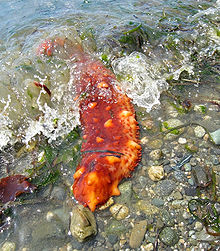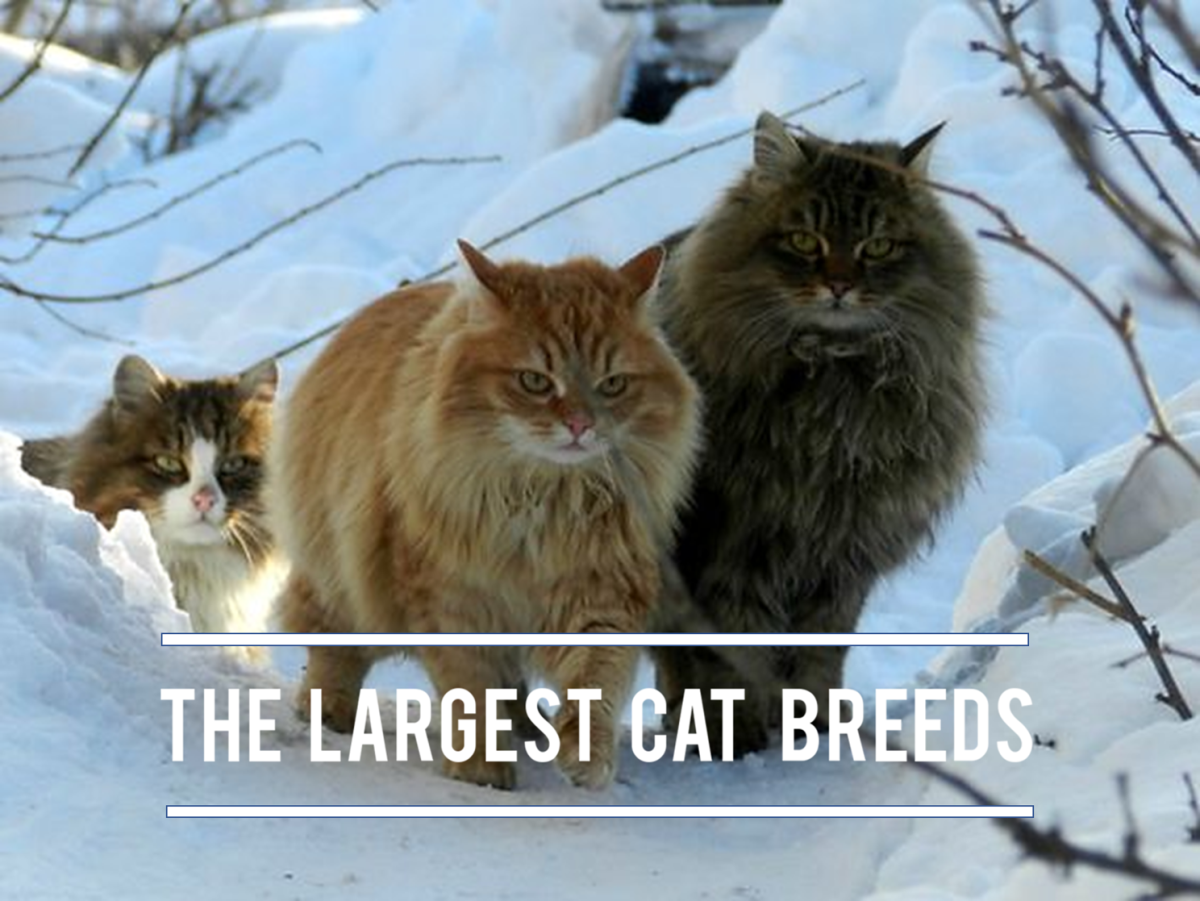The strange anatomy of the California sea cucumber

Sea cucumbers are so named because they appear like cucumbers resting at the bottom of the sea – oval in shape, often a little arched, with little knobs or spines on their surface. From there the similarity ends. Sea cucumbers have an endoskeleton just under their skin. Related to sea urchins and sea starfish, they have a five-sided radial symmetry, and five rows of tube feet along their length to let them move along the rocks and sand, filtering out minute plankton and organic matter through ten retractable tentacles at the mouth end. Bacteria and fungi are included in this diet.
They pump oxygenated water into their respiratory trees, then forcibly expel the deoxygenated water. These tranquil fish vary in depths and color by species, as they amble along the rocks and seabeds at a rate of up to 4 meters a day.
Sea cucumbers have few predators, namely the leather star, sea otters and humans, who consider their long muscles a delicacy. They have spines which appear sharp but are actually soft. If disturbed, the spines disappear into the skin. When attacked, they can expel all of their organs, then regenerate them. They also contain toxic substances which can sicken a predator.
The organs are also expelled during the dormant phase, then regenerated in winter. There is evidence that these expelled organs are actually reabsorbed.

The California sea cucumber, Parastichopus californicus, is also called the Giant Sea Cucumber or the Giant Red Sea Cucumber. It is not found in the Red Sea, but rather is noted for its bright brown-red color. It migrates seasonally to different depths and is found along the North American west coast from Alaska to southern California. This sea cucumber becomes dormant from September to early March.
It is a solitary nocturnal fish which can expel sticky filaments to trap or confuse its predators. But perhaps the most distinguishable difference from other sea cucumbers is its length – reaching an average of 50 centimeters (about 20 inches) and it has been known to grow to 60 centimeters (almost 24 inches). It is considered the largest sea cucumber in the world. Hence the nickname Giant. Its red color and red papillae distinguish it from other sea cucumbers. And unlike other sea cucumbers, it does not store toxic substances to poison predators. Fish have been observed being expelled during the respiratory process, but it is believed that these fish live in a symbiotic relationship to the giant sea cucumbers rather than as dinner.
Overall, sea cucumbers are fascinatingly unique in the sea world, and the Giant Red is the most unique of all.
© 2015 Bonnie-Jean Rohner



